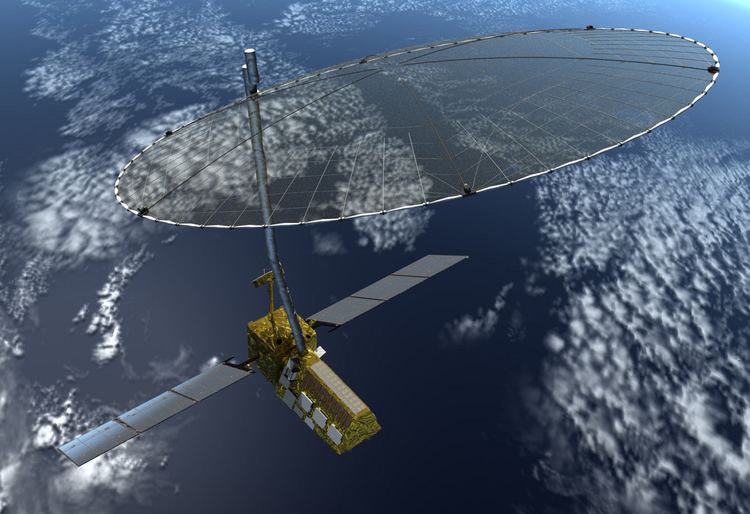Mission type Radar imaging Mission duration 3 years Reference system Sun-synchronous | Launch date 2020 (planned) | |
 | ||
The NASA-ISRO Synthetic Aperture Radar (NISAR) mission is a joint project between NASA and ISRO to co-develop and launch a dual frequency synthetic aperture radar satellite. The satellite will be the first radar imaging satellite to use dual frequency and it is planned to be used for remote sensing to observe and understand natural processes of the Earth.
Contents
Description
The NASA-ISRO Synthetic Aperture Radar, or NISAR satellite, will provide an unprecedented detailed view of Earth by using advanced radar imaging. It is designed to observe and take measurements of some of the planet's most complex processes, including ecosystem disturbances, ice-sheet collapse, and natural hazards such as earthquakes, tsunamis, volcanoes and landslides.
Under the terms of the agreement, NASA will provide the mission's L-band synthetic aperture radar (SAR), a high-rate communication subsystem for science data, GPS receivers, a solid state recorder, and a payload data subsystem. ISRO will provide the satellite bus, an S-band synthetic aperture radar, the launch vehicle and associated launch services.
Data collected from NISAR will reveal information about the evolution and state of Earth's crust, help scientists better understand our planet's processes and changing climate, and aid future resource and hazard management. The mission is a partnership between NASA and ISRO.
The satellite design will make use of a large deployable mesh antenna and will operate on dual L band and S band. The 12-meter aperture mesh reflector will be supplied by Astro Aerospace, a Northrop Grumman company.The satellite is likely to be launched from India aboard an Indian launch vehicle. The satellite will be 3-axis stabilised and is planned to be launched into a Sun-synchronous dawn to dusk orbit with a mission life of 3 years. The project has passed the first stage of the design validation phase and has been reviewed and approved by NASA.
